Sebastian Cox explains easy ways to shop and decorate more sustainably - and stylishly
Designer Sebastian Cox chats to our editor Pip Rich about easy ways to live and decorate your home more sustainably
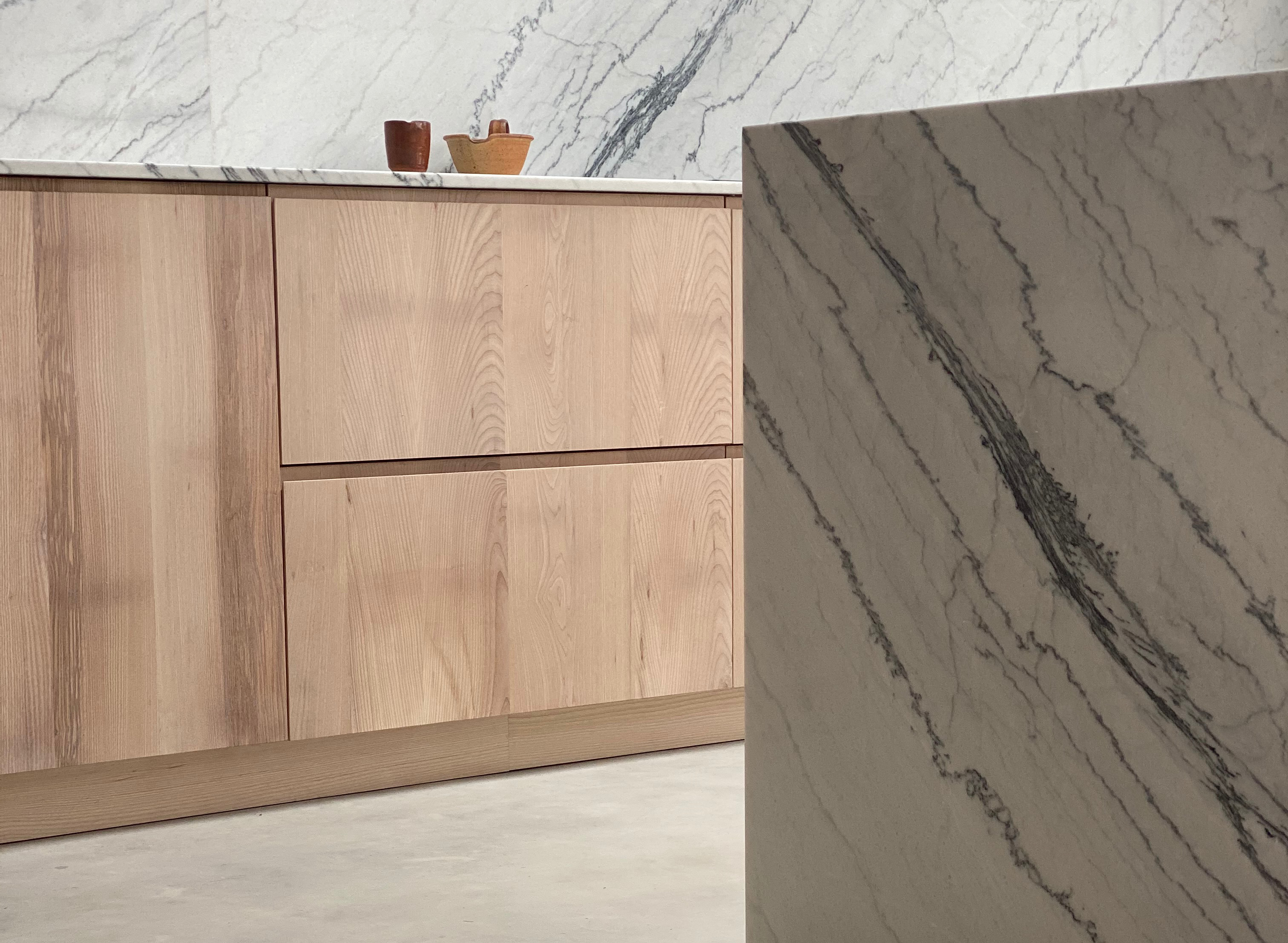
British-based designer Sebastian Cox has reinvigorated how we think about sustainable design. His enquiring mind, desire to bring back forgotten arts in woodwork and forestry, and to create a truly circular process where nothing ever ends up in landfill is not only commendable, but inspiring.
With his own studio making ecologically sourced furniture and bespoke commissions, he is pushing the boundaries of what sustainable living looks like. Every time I speak to him, I come away with a renewed sense that it's not only right to live your life alongside green principles, it's also easy - even fun - to do so.
His own designs are often made from wood coppiced from his own forest, and he has even made lampshades from mycelium, a type of mushroom fungus, and he - like me - has been renovating his own home. I wanted to find out what he currently thinks about how we should be decorating, and any advice he had for buying more sustainably. As ever, he didn't disappoint.
Sebastian Cox on how to live more sustainably
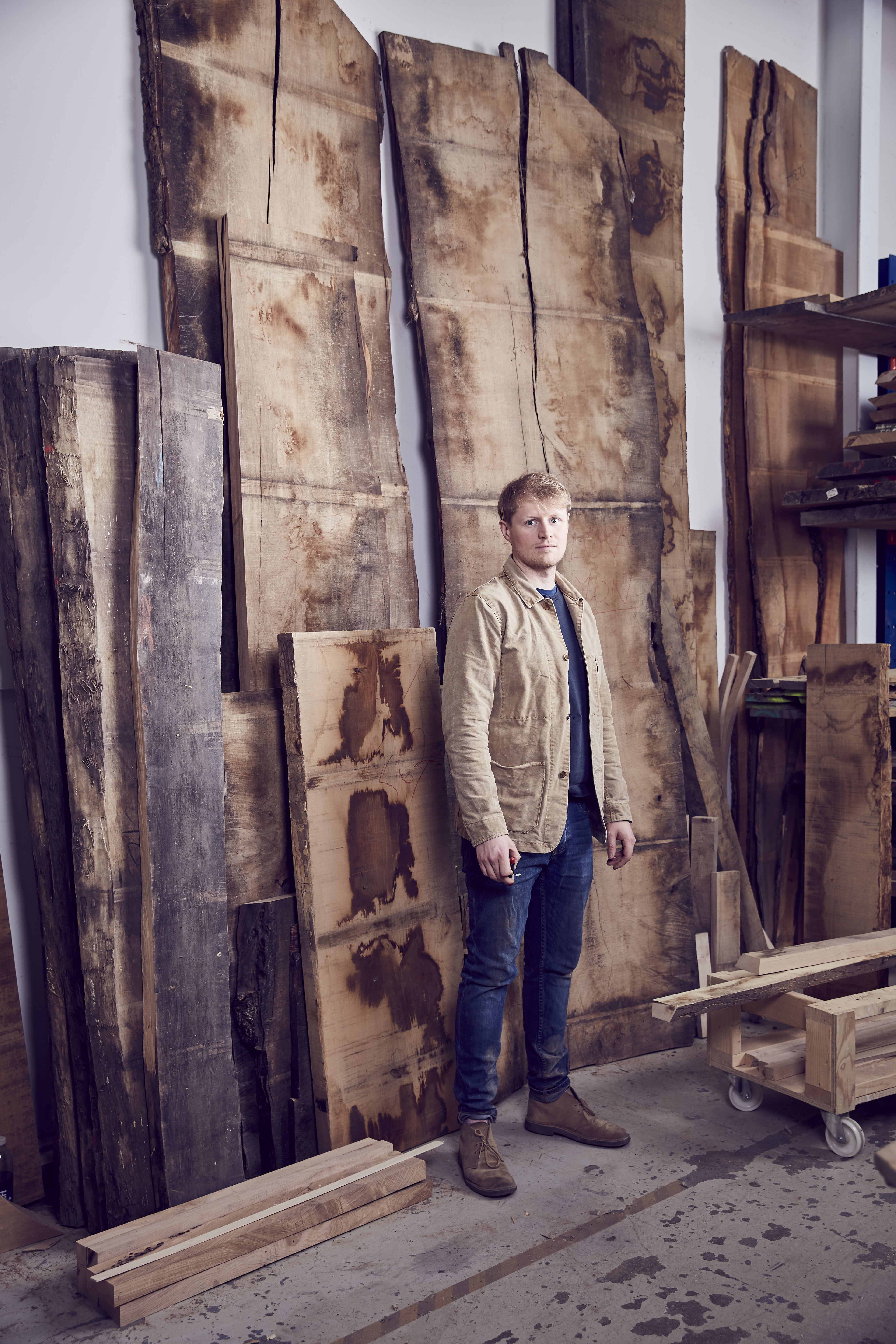
Sebastian Cox in his studio
I think it’s about the idea of being able to repair something and keep it for a long, long time. Are its components distinct? Perhaps it has a wood section, a glass section and a brass section, and if one breaks it can easily be fixed, adding to its longevity.
Sebastian Cox
Pip Rich: Having taken on big renovations at the same time, I’ve been watching yours admirably, particularly your ambition not to use a dumpster. I have to say, much as I felt guilty about it, I couldn’t have got through the refurb without one. How did you find it?
Sebastian Cox: It’s meant the project has been really slow, and every decision has had to be made really carefully. It’s not that we’ve not had waste to deal with, but if you get a dumpster sometimes you can just fling stuff in without thinking about it. Having to handle each bag of garbage, taking it to the dump yard manually, has meant I’ve been more thoughtful, giving surplus materials like bricks away on Facebook Marketplace, and finding new uses like turning old skirting into new battens.
PR: You have been so hands on - I am always so impressed when I see you building a wall or bricking in a window. The joys of being so handy! There’s no way I could do any of that.
SB: We’re all makers - I don’t care what you say, Pip! You could plaster a wall. I mean, ceilings are hard - don’t do ceilings until you’ve really practiced on a wall - but we’re all evolved from makers. Our ancestors cooked and built stuff - if they didn’t, they wouldn’t have survived - so we have it within us. You just need a bit of confidence, everything is learnable from the internet.
PR: I am inspired by your belief in me, but deep down I don’t think I could really plaster a wall. Though I have recently learned how to paint a wall, and put that into action. It turned out pretty ok!
SC: I would love to empower people with the understanding that it doesn’t matter if the wall is totally flat. Have a go - you’ll love it even if it’s not perfect, because you did it. Making is good for us, and it can save a lot of money on construction workers, too.
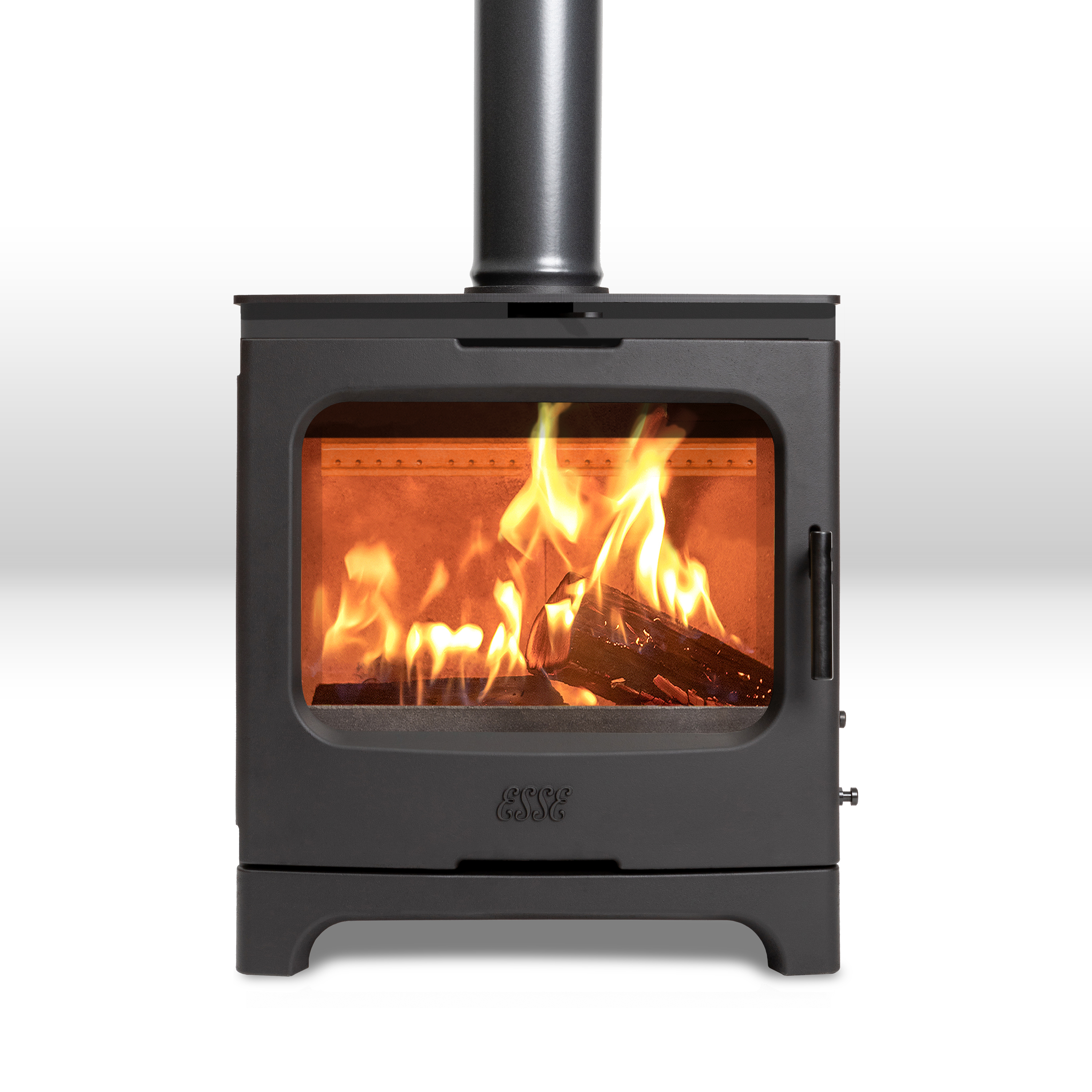
Wood burner by Esse
PR: Your commitment to doing up your home sustainably is impressive, too. What businesses or techniques have you discovered in the process?
SC: I am drawn to companies that use local materials, and I believe that cutting out the travel really does help with the sustainability of a design. Esse wood burners are made in Blackburn using British steel, all our curtain poles are made by a farrier in Suffolk. I found Spicer Tiles, a company near us in Kent, who make brilliant handmade terracotta floor tiles that we’ve used in the utility room. They’re not refined, but so charming, and really affordable, around 25p (30c) each. Choosing local, fighting against globalisation, is something we can all join together on.
PR: We’ve had a lot of discourse here before about whether wood burners are bad for the environment, and found that when approached in a certain way, the answer is no. Or not as bad as other types of heating, anyway. You and I have chatted before about circularity in design, the idea that although some products are made of recycled material, they are still compiled using resin or glues meaning they aren’t circular, can’t be recycled again, and are destined to end up in landfill eventually. It makes shopping sustainably very hard. What would you suggest we look out for?
SC: I think it’s about the idea of being able to repair something and keep it for a long, long time. Are its components distinct? Perhaps it has a wood section, a glass section and a brass section, and if one breaks it can easily be fixed, adding to its longevity. Also, before buying, ask yourself “will I still love this in 3 years time”? Check how good its surface is - will it age well, or has it has been finished with polyurethane high gloss, or a veneer, that won't? If it’s solid wood, it’s more circular.
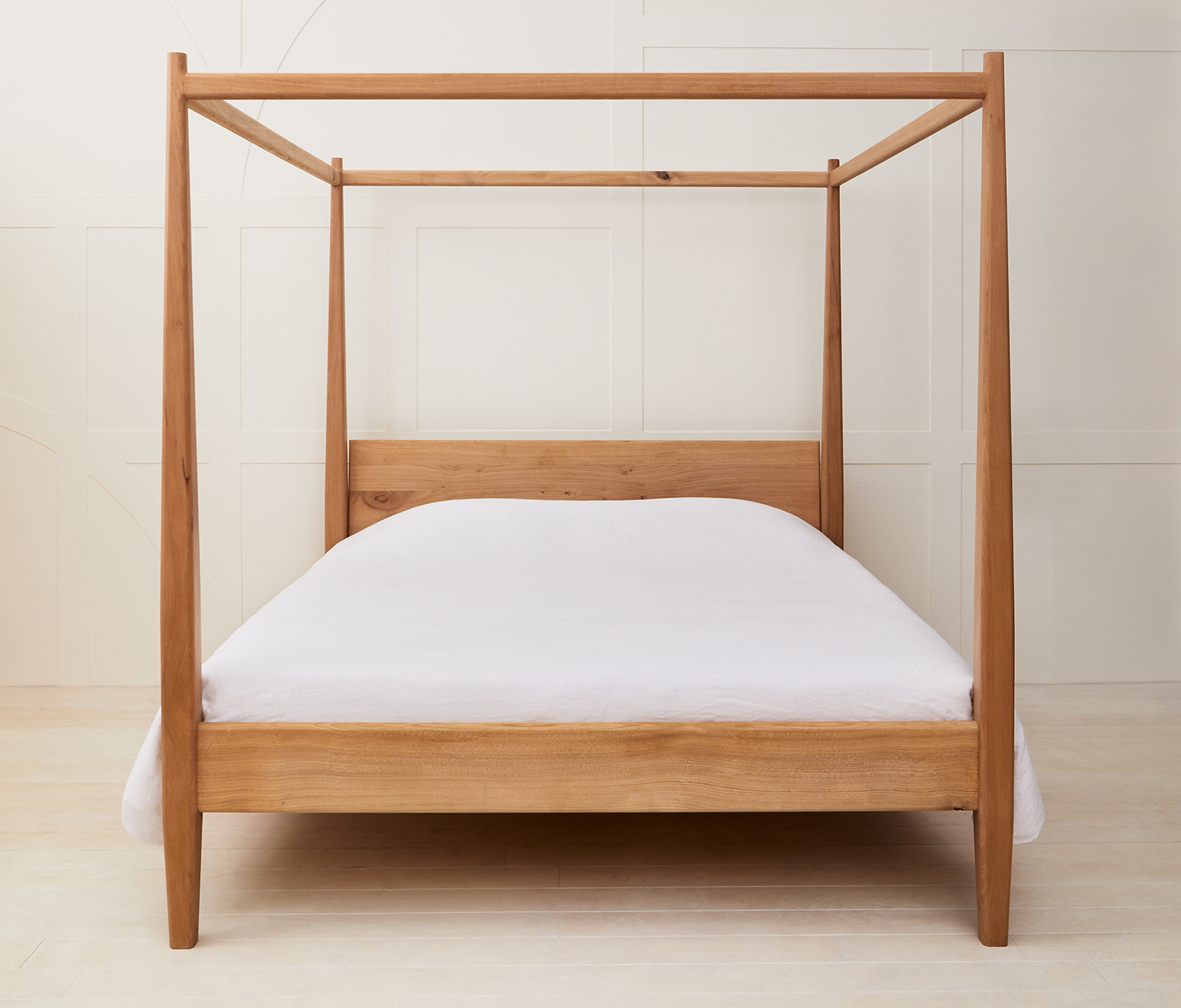
Bayleaf bed designed by Sebastian Cox
PR: Circularity is the ethos behind your own designs, I know. Has what you're creating changed since doing up your own home?
SC: Actually yes, I’m truly appreciating the value in freestanding furniture. If you can take a piece with you when you move then that’s the best way to circularity, and so we have updated all our core collections with that in mind. We launched the Bayleaf bed because we made one for home, and then our most accessible range is Underwood, made with coppiced wood, a bench with a back, a coffee table, a folding table like a trestle.

Sebastian Cox's brand new kitchen design, Sawyer, made of tiger oak
PR: And would you do another kitchen? I still love your deVOL range so much.
SC: Thank you - and yes! We’re just launching our first kitchens, Sawyer, that are really, really simple, made of tiger oak which is English oak infected naturally by beefsteak fungus, causing these black and brown stripes that are so interesting, tropical almost. The grain runs vertically so it fits with some very uncomplicated handles. For the first time, the carcasses are birch ply, which keeps it more affordable.
PR: And have you found renovating as draining as I have? I honestly thought I’d enjoy it more than I have done.
SC: Look, the fact you’re not yet finished means you're still on the journey. I like that there are still parts of the house here that aren’t finished, either. It means there are areas that still have so much potential.
Be The First To Know
The Livingetc newsletters are your inside source for what’s shaping interiors now - and what’s next. Discover trend forecasts, smart style ideas, and curated shopping inspiration that brings design to life. Subscribe today and stay ahead of the curve.
The editor of Livingetc, Pip Rich (formerly Pip McCormac) is a lifestyle journalist of almost 20 years experience working for some of the UK's biggest titles. As well as holding staff positions at Sunday Times Style, Red and Grazia he has written for the Guardian, The Telegraph, The Times and ES Magazine. The host of Livingetc's podcast Home Truths, Pip has also published three books - his most recent, A New Leaf, was released in December 2021 and is about the homes of architects who have filled their spaces with houseplants. He has recently moved out of London - and a home that ELLE Decoration called one of the ten best small spaces in the world - to start a new renovation project in Somerset.
-
 Iridescence Is Chrome’s More Playful, Hard-to-Define Cousin — And You're About to See It Everywhere
Iridescence Is Chrome’s More Playful, Hard-to-Define Cousin — And You're About to See It EverywhereThis kinetic finish signals a broader shift toward surfaces that move, shimmer, and surprise. Here's where to find it now
By Julia Demer
-
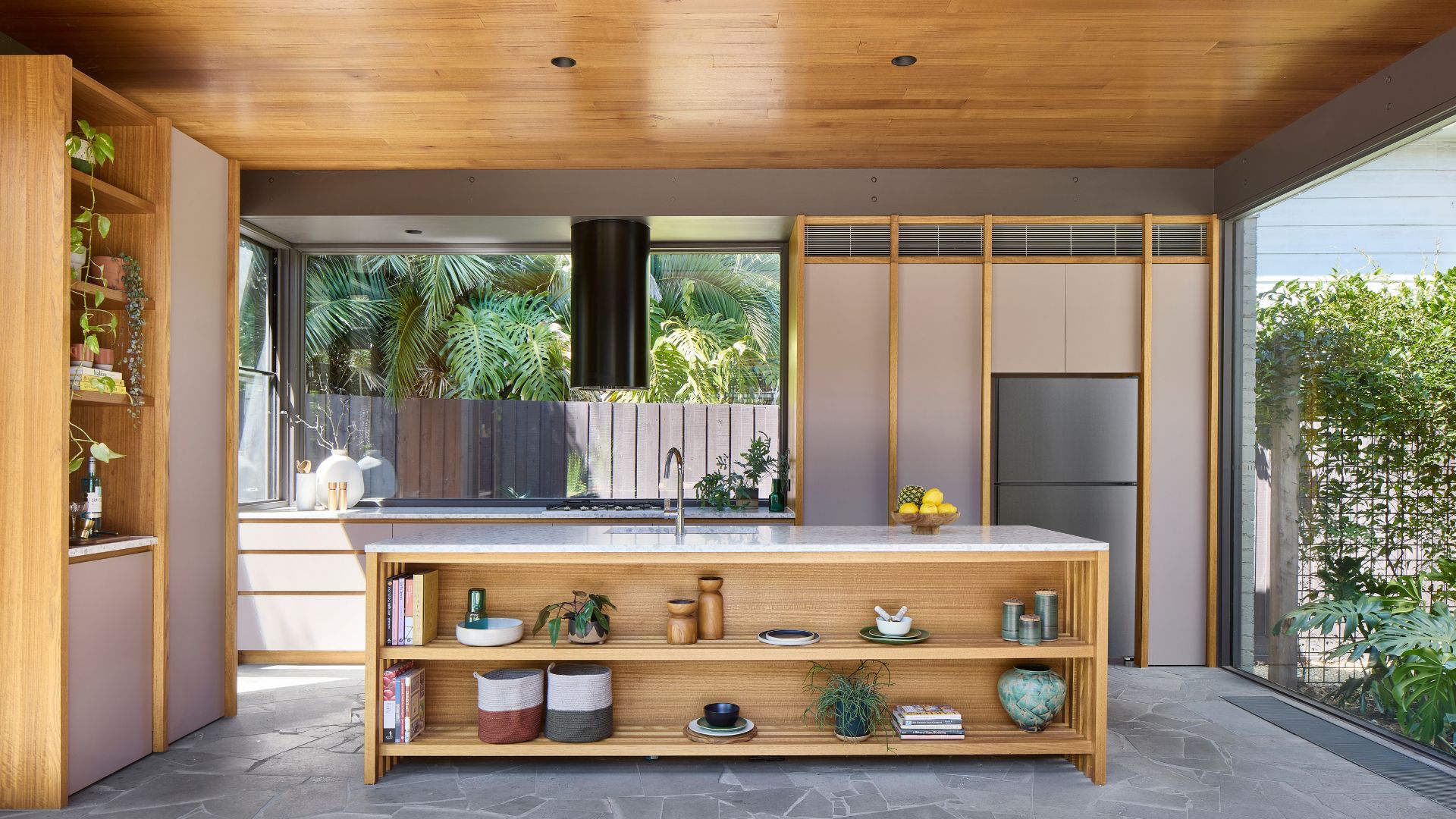 Biophilic Decluttering — What to Take Out of Your Home (and What to Put in) for a More Natural Home
Biophilic Decluttering — What to Take Out of Your Home (and What to Put in) for a More Natural HomeTry your hand at biophilic decluttering to ground your interiors, connect to the environment, and cure chronic clutter in one go. Here's how.
By Amiya Baratan